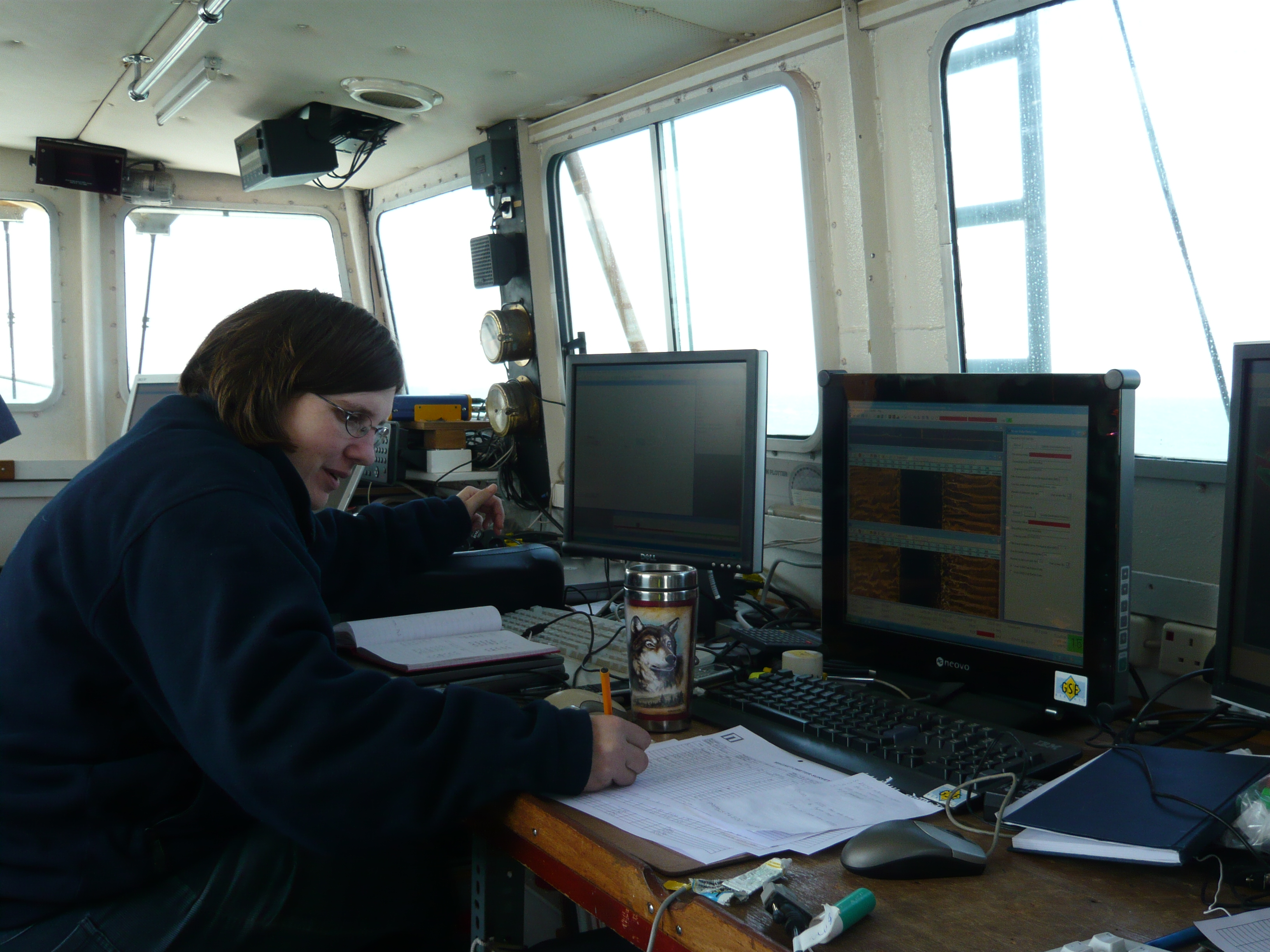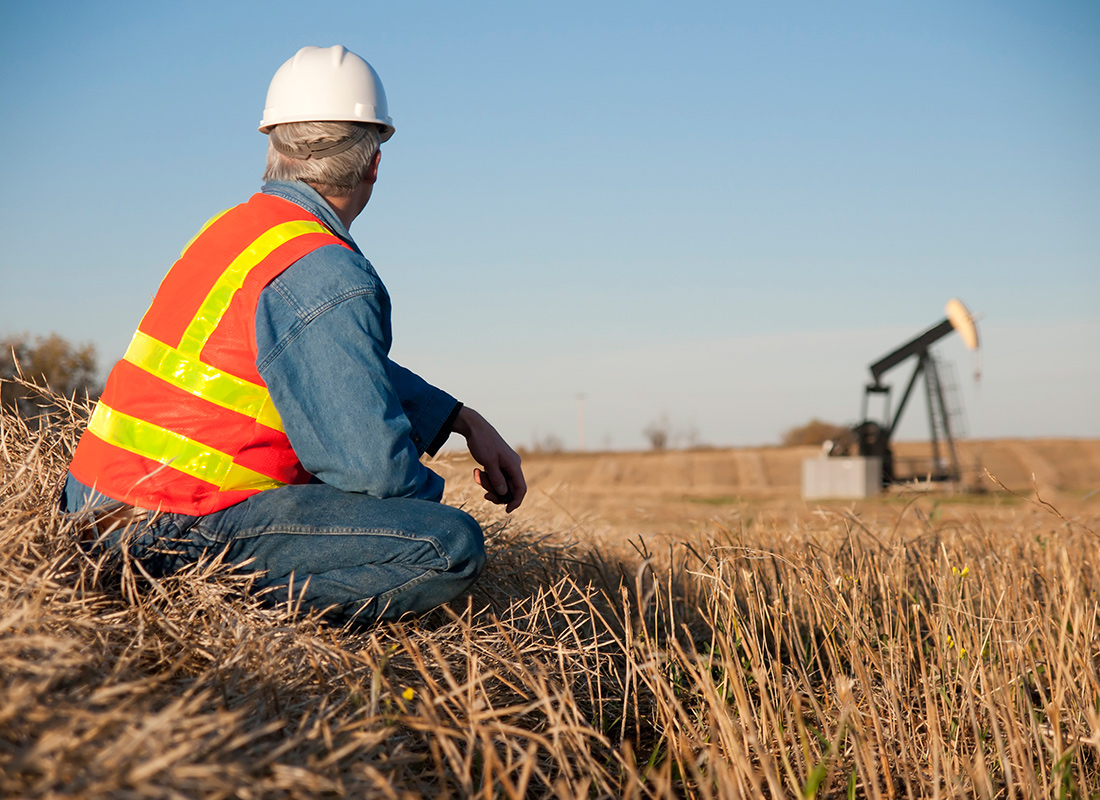All Categories
Featured
Table of Contents
- – How To Become A Geophysicist in Upper Swan Au...
- – Geophysicist: What Is It? And How To Become ...
- – Definition: Geophysical Survey in North Frem...
- – Geophysical Prospecting in Tuart Hill Aus 2...
- – Geophysical Methods in North Fremantle Aust...
- – Geophysicist: Job Description, Duties And ...
- – What Is Geophysics? in Gooseberry Hill WA ...
How To Become A Geophysicist in Upper Swan Aus 2023
doi:10. 1556/AGeod. 45.2010. 2.9. S2CID 122239663. Temple 2006, pp. 162166 Russo, Lucio (2004 ). Berlin: Springer. p. 273277. Temple 2006, pp. 177181 Newton 1999 Section 3 American Geophysical Union (2011 ). "Our Science". About AGU. Retrieved 30 September 2011. "About IUGG". 2011. Obtained 30 September 2011. "AGUs Cryosphere Focus Group". 2011. Archived from the original on 16 November 2011.
Bozorgnia, Yousef; Bertero, Vitelmo V. (2004 ).; Grenier, Emmanuel (2006 ). Mathematical geophysics: an intro to turning fluids and the Navier-Stokes formulas.
Publication of the Seismological Society of America. 59 (1 ): 183227. Defense Mapping Company (1984 ).
Geophysicist: What Is It? And How To Become One? in Nollamara Aus 2020
TR 80-003. Obtained 30 September 2011. Eratosthenes (2010 ). Eratosthenes' "Location". Pieces gathered and equated, with commentary and additional product by Duane W. Roller. Princeton University Press. ISBN 978-0-691-14267-8. Fowler, C.M.R. (2005 ). (2 ed.). Cambridge University Press. ISBN 0-521-89307-0. "GRACE: Gravity Recovery and Environment Experiment". University of Texas at Austin For Space Research.
Recovered 30 September 2011. Recovered 30 September 2011.:10.
Definition: Geophysical Survey in North Fremantle WA 2023
Lowrie, William (2004 ). Merrill, Ronald T.; Mc, Elhinny, Michael W.; Mc, Fadden, Phillip L. (1998 ). International Geophysics Series.
They also research study modifications in its resources to provide guidance in conference human needs, such as for water, and to predict geological dangers and hazards. Geoscientists utilize a range of tools in their work. In the field, they might utilize a hammer and sculpt to gather rock samples or ground-penetrating radar devices to look for minerals.
They likewise may use remote noticing devices to gather data, as well as geographic information systems (GIS) and modeling software application to examine the data collected. Geoscientists may supervise the work of professionals and coordinate deal with other scientists, both in the field and in the laboratory. As geological challenges increase, geoscientists might choose to work as generalists.
Geophysical Prospecting in Tuart Hill Aus 2023
The following are examples of types of geoscientists: geologists study how repercussions of human activity, such as contamination and waste management, affect the quality of the Earth's air, soil, and water. They also may work to resolve issues related to natural risks, such as flooding and disintegration. study the materials, processes, and history of the Earth.
There are subgroups of geologists too, such as stratigraphers, who study stratified rock, and mineralogists, who study the structure and composition of minerals. study the motion and flow of ocean waters; the physical and chemical residential or commercial properties of the oceans; and the ways these residential or commercial properties impact coastal areas, climate, and weather condition.
They also research modifications in its resources to supply assistance in conference human needs, such as for water, and to forecast geological threats and hazards. Geoscientists use a variety of tools in their work. In the field, they may utilize a hammer and sculpt to collect rock samples or ground-penetrating radar devices to look for minerals.
Geophysical Methods in North Fremantle Australia 2023


They also might use remote sensing devices to collect information, along with geographical details systems (GIS) and modeling software to analyze the information gathered. Geoscientists may supervise the work of service technicians and coordinate work with other scientists, both in the field and in the lab. As geological difficulties increase, geoscientists may decide to work as generalists.
The following are examples of kinds of geoscientists: geologists study how consequences of human activity, such as pollution and waste management, affect the quality of the Earth's air, soil, and water. They likewise may work to solve issues related to natural hazards, such as flooding and erosion. study the products, processes, and history of the Earth.
There are subgroups of geologists too, such as stratigraphers, who study stratified rock, and mineralogists, who study the structure and structure of minerals. study the motion and blood circulation of ocean waters; the physical and chemical properties of the oceans; and the ways these homes impact coastal areas, climate, and weather.
Geophysicist: Job Description, Duties And Requirements in Mahogany Creek WA 2020
They likewise research changes in its resources to provide guidance in conference human demands, such as for water, and to anticipate geological risks and hazards. Geoscientists use a variety of tools in their work. In the field, they might use a hammer and sculpt to collect rock samples or ground-penetrating radar devices to look for minerals.
They also might use remote sensing equipment to gather information, in addition to geographic info systems (GIS) and modeling software to examine the information collected. Geoscientists may supervise the work of specialists and coordinate work with other researchers, both in the field and in the lab. As geological challenges increase, geoscientists might choose to work as generalists.
The following are examples of kinds of geoscientists: geologists study how consequences of human activity, such as contamination and waste management, affect the quality of the Earth's air, soil, and water. They also may work to resolve issues associated with natural risks, such as flooding and disintegration. study the materials, procedures, and history of the Earth.
What Is Geophysics? in Gooseberry Hill WA 2023
There are subgroups of geologists too, such as stratigraphers, who study stratified rock, and mineralogists, who study the structure and structure of minerals. study the motion and flow of ocean waters; the physical and chemical residential or commercial properties of the oceans; and the ways these residential or commercial properties affect seaside locations, climate, and weather.
Table of Contents
- – How To Become A Geophysicist in Upper Swan Au...
- – Geophysicist: What Is It? And How To Become ...
- – Definition: Geophysical Survey in North Frem...
- – Geophysical Prospecting in Tuart Hill Aus 2...
- – Geophysical Methods in North Fremantle Aust...
- – Geophysicist: Job Description, Duties And ...
- – What Is Geophysics? in Gooseberry Hill WA ...
Latest Posts
Course: Basics In Geophysical Surveying in Langford WA 2022
Geophysicist Careers in Munster Aus 2021
Airborne Geophysical Surveys in Caversham WA 2020
More
Latest Posts
Course: Basics In Geophysical Surveying in Langford WA 2022
Geophysicist Careers in Munster Aus 2021
Airborne Geophysical Surveys in Caversham WA 2020